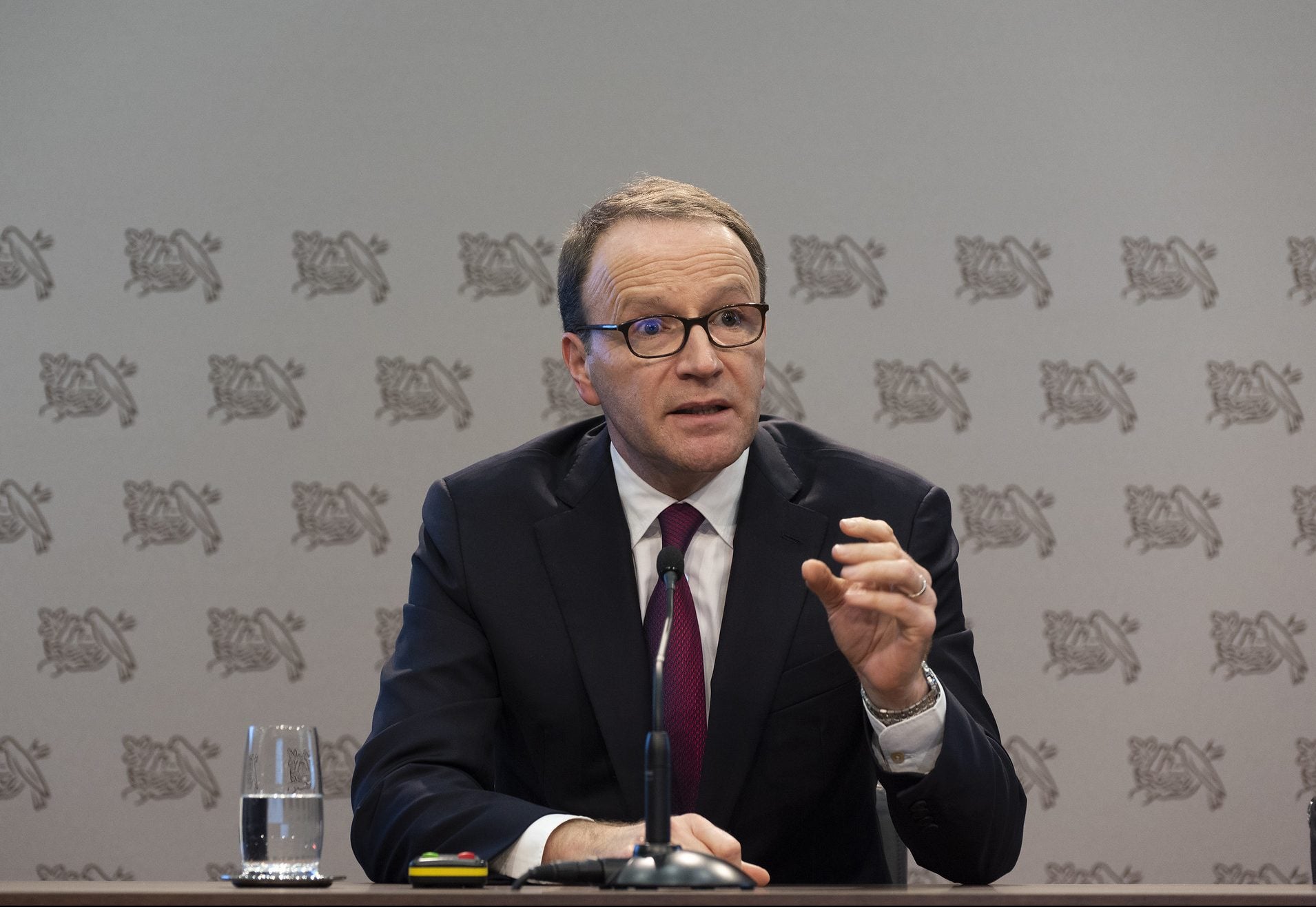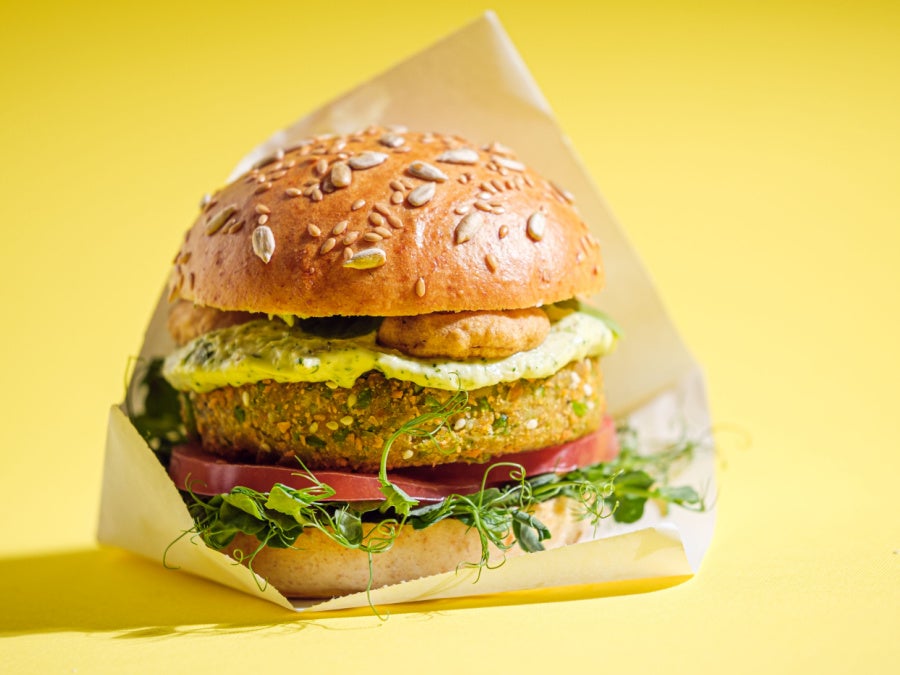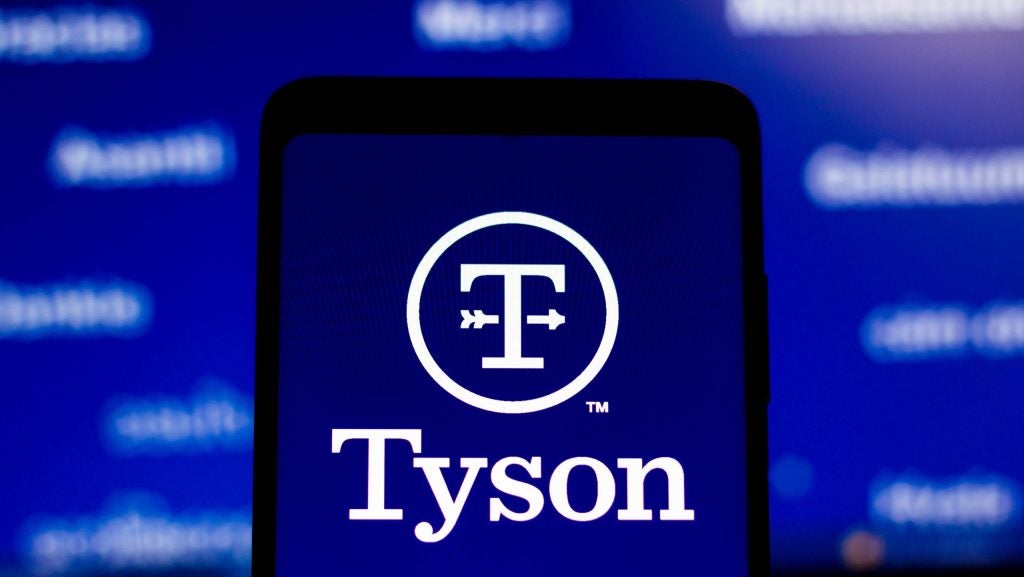
Nestlé has raised guidance for organic sales growth for the second time this fiscal year as its “local execution and agility” served as a buffer against rising input costs and supply chain constraints.
The new 6-7% estimate for the year solidifies organic growth above Nestlé’s longer-term target of mid-single-digits as it reported a nine-month print for the metric of 7.6%, with reported sales up 2.2% at CHF63.3bn (US$68.4bn).
In July, when the world’s largest food manufacturer revealed its first-half numbers, the guidance was set at 5-6% as Nestlé flagged price increases to combat higher input costs. That already put organic growth above 2020’s 3.6%, the highest rate in five years.
Those input costs accelerated in the third quarter, resulting in pricing of 2.1% during the period, above US investment bank Jefferies’ forecast of 1.7%. Pricing over the nine months was 1.6%, delivering real internal growth of 6%.
“Growth was supported by continued momentum in retail sales, steady recovery of out-of-home channels, increased pricing and market-share gains,” Nestlé reported this morning (20 October) on the back of third-quarter organic growth of 6.5%, above Jefferies’ 3.2% estimate.
CEO Mark Schneider (pictured above) said: “We are pleased with Nestlé’s strong organic growth in the nine months, driven by broad-based contributions from most geographies and categories. The relentless focus of our teams on local execution and agility enabled us to navigate input-cost inflation and supply chain constraints. In the third quarter, we increased pricing in a responsible manner, while maintaining strong real internal growth.”
How well do you really know your competitors?
Access the most comprehensive Company Profiles on the market, powered by GlobalData. Save hours of research. Gain competitive edge.

Thank you!
Your download email will arrive shortly
Not ready to buy yet? Download a free sample
We are confident about the unique quality of our Company Profiles. However, we want you to make the most beneficial decision for your business, so we offer a free sample that you can download by submitting the below form
By GlobalDataNestlé’s estimate for the underlying trading operating profit margin was left unchanged at 17.5%, “reflecting initial time delays between input-cost inflation and pricing, as well as the one-off integration costs related to the acquisition of The Bountiful Company’s core brands”, a transaction initiated in April.
Martin Deboo, an analyst at Jefferies, said sticking with the margin outlook implies a 20 basis-point decline over the previous fiscal year.
“Q3 has beaten handsomely and FY guidance has been raised. We read Q3 as a repeat of H1’s goldilocks economy, with resilient in-home being complemented by rising out-of-home,” Deboo wrote in a research note, referring to terminology that generally describes an ideal state of growth with not too much inflation.
“Nestlé continues to expect to improve margins beyond FY-21, arguably a significant disclosure in the light of current input-cost pressures,” Deboo said.
Nine-month organic growth was led by petcare and confectionery, with sales up 12.1% and 9.5%, respectively.
The retail segment delivered organic growth of 6.6% and the out-of-home channel 22.8%, with e-commerce sales up 17.2%.
Earlier this month, the KitKat owner announced a planned restructuring of its geographic business zones with new single reporting units for North America and China, the Swiss food giant’s largest markets.
The reshuffle is due to take effect from 1 January, with the other business zone to comprise Latin America (LATAM); Europe (EUR); and Asia, Oceania and Africa (AOA), along with peripheral globally managed reporting units for Nespresso, Nestlé Health Science, and ‘other’ businesses, which will remain separate.







